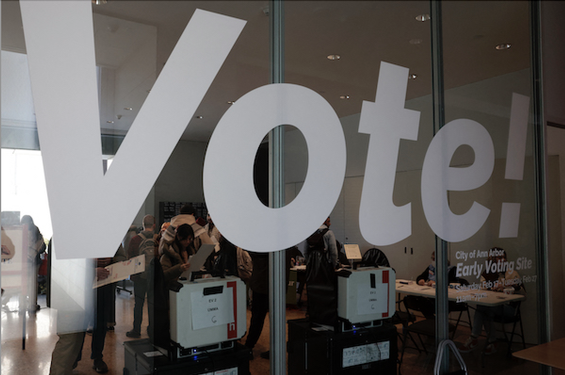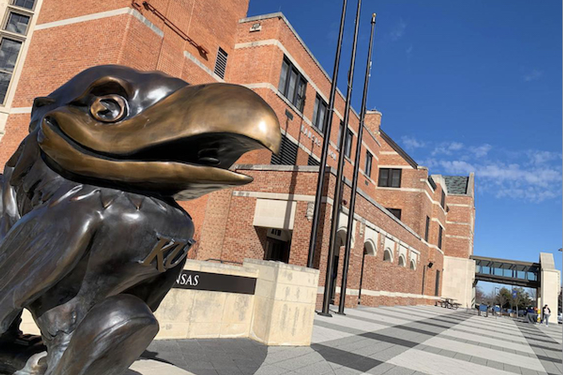In February, Governor Schwarzenegger signed AB 19, enabling a statewide special election to occur on May 19 so that California residents can vote on the final outcome of a budget attempting to address the state’s $42 billion deficit. To help make sense of the 63-page voter information guide you’ve received, here’s a quick rundown of the propositions (as well as an endorsement for each):
1A – State Budget. Changes California Budget Process. Limits State Spending. Increases “Rainy Day” Budget Stabilization Fund.
YES. This allows the Governor to bypass legislative approval in reducing some spending – an iffy judgment call. However, such might be of benefit during a financial crunch, as was the case this year, when legislators approved a budget after a three-month stalemate. Vehicle license fees and personal income tax will increase, the latter on a sliding scale according to income. But 1A would increase revenue by approximately $16 billion over three years, allowing for an eventual $9.3 billion to be spent on supplementary education payments. The cap on rainy day funding, raised from 5 percent to 12.5 percent, would also help California retain public services in the long term, helping avoid cuts due to lack of funding in a deficit year.
1B – Education Funding. Payment Plan.
YES. The Budget Stabilization Fund would provide payments totaling $9.3 billion to K-14 education (see 1A), with payments calculated into the base budget starting in 2012-13. This measure clarifies that 1A establishes a Supplemental Education Payment Account, requiring the state to deposit 1.5 percent of the General Fund’s revenues annually until reaching $9.3 billion. 1A must be approved for 1B to have a fiscal effect. If passed, it will act as repayment to public schools and community colleges, intended to prevent further faculty cuts and growth of classroom size.
1C – Lottery Modernization Act.
NO. 1C would allow the state to borrow $5 billion against the lottery to create a safety net for General Fund debt. However, lottery profits would no longer go toward public education – education funding would come strictly from the General Fund, creating debt for the lottery to cover – and the lottery would apply $1 million each year to treatment and awareness through the Office of Problem Gambling. A state-run lottery would alternately return a higher percentage of lottery funds back to players, potentially attracting sales, increasing profits, opening the door to further future borrowing. No new taxes, and instant funding, sure, but this is a messy proposal with no guarantees.
1D – Protects Children’s Services Funding. Helps Balance State Budget.
NO. Diverting up to $340 million in unspent reserves from the First 5 program, funded by a 50-cent per pack tax on cigarettes and tobacco products, will cause First 5 funding to decrease by at least 61 percent each year. While this measure would save the General Fund up to $608 million in FY 2009-10 and $268 million annually through 2013-14, cutting funds from First 5 risks leaving tens of thousands of children without health care or early development programs, particularly due to its funding of the Healthy Families/Healthy Kids health coverage program. Though funds will be redirected to alternate health care and social services programs, as tobacco use decreases, less revenue will be available to the First 5 reserves, meaning any funds lost to the state will also be less easily replaced in the long term.
1E – Mental Health Services Funding. Temporary Reallocation. Helps Balance State Budget.
NO. In temporarily diverting $226.7 million in mental health program funding to the Early and Periodic Screening, Diagnosis, and Treatment Program, costs to the General Fund would be temporarily offset. However, less funding for mental health programs at present could create future costs in the form of homeless shelter, social service, medical care and prison needs. Additionally, less funding may mean a decrease in matched federal funding.
1F – Elected Officials’ Salaries. Prevents Pay Increases During Budget Deficit Years.
YES. A no-brainer. Consider 2009: If a budget stalemate in combination with a deficit costs thousands of state employees their jobs, or 10 percent pay cuts via furloughs, elected state officials (salary range: $116,000 to $212,000) should sacrifice added pay.
News: Special Feature
Measures of the 2009 California Special Election: The State Budget
By China Bialos
Article posted on 5/11/2009
This article has been viewed 2228 times.




